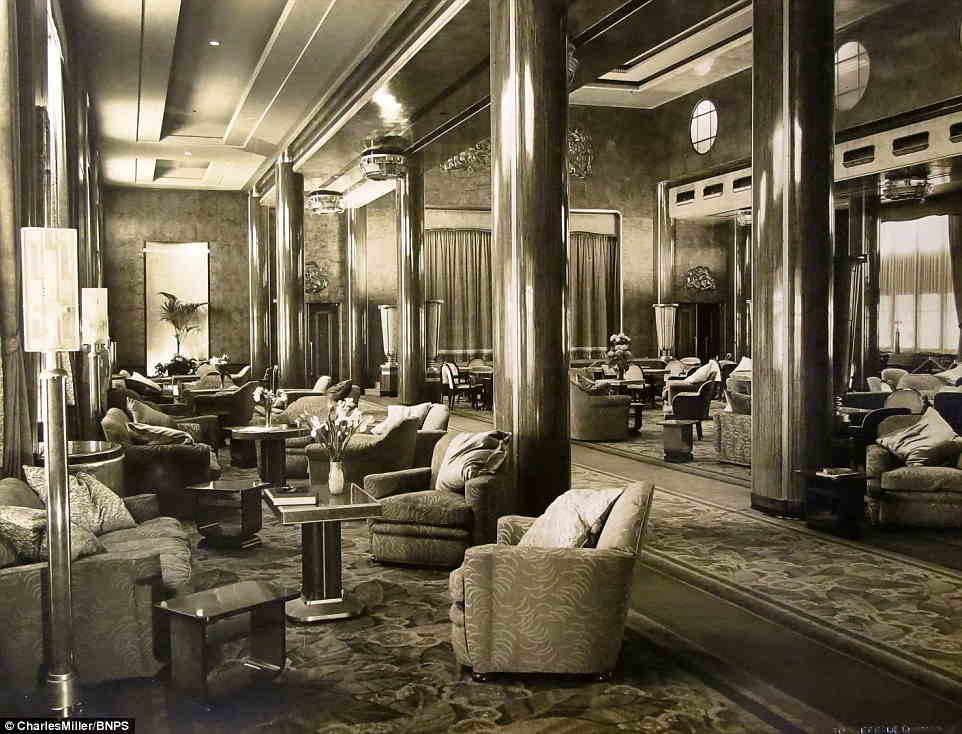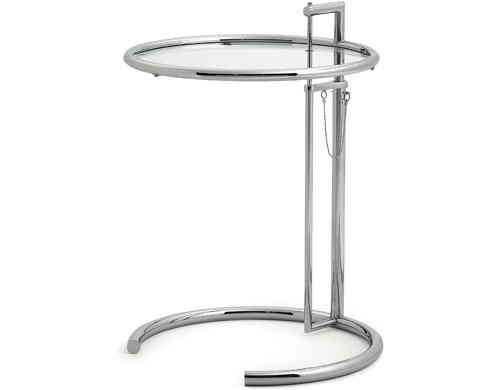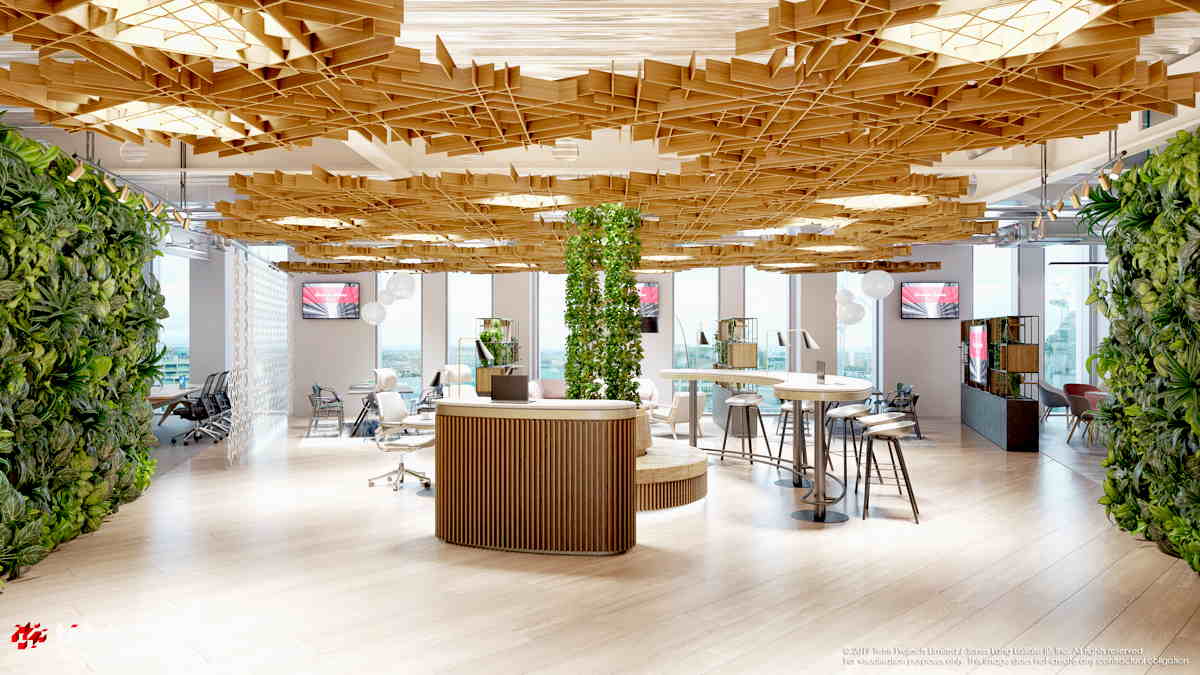We love meeting and working with designers who care about the environment and are able to deliver spaces that are sustainable, beautiful and cost-effective.
One designer leading the transition to a more sustainable built environment is Daithí Naughton, Design Sustainability Lead for Tétris UK, JLL’s Design and Build firm. He is also a key part of Tétris’ EMEA Sustainability Group. His credentials include the Libeskind designed Grand Canal Development in Dublin, Sony Ireland’s HQ which won the IDI (Institute of Designers in Ireland) award for its sustainable fitout, Bayer in Reading, General Assembly’s London Campus and many other exciting fitouts dotted across London.
We assisted Daithí on JLL’s new North West Office in Manchester where we saw his passion for sustainability and his eye for colour in action (also evident in his fantastic choice of shirts!).

We sat down with Daithí (virtually) to understand his motivations and hear his perspectives on the transition to a more sustainable built environment:
What originally got you interested in design?
I’ve been interested in architecture and design from a very young age. Most of my childhood was spent building model houses and towns, whether out of cardboard, Lego or sand in my sandpit (which for some reason my sister thought should be shared).
What does beautiful design mean to you?
That’s a difficult question to answer, and my opinion probably changes with context and time. I’m always a fan of simplicity and function, but not of monotony.
When did you first become aware about environmental issues?
I guess if I think about it: my parents. I grew up in the countryside. They’re both relatively thoughtful people when it comes to nature and the natural world. They were always keen and precise recyclers, washing everything and sorting it correctly, growing their own food and always keen to adopt new energy saving principles.
What are the biggest barriers to sustainability within interior design and architecture?
If I had to pick only a few obstacles, I would say a major one is the value engineering process and supply chain. People are too comfortable with how things have always been done. It doesn’t matter how sustainable you intend something to be if the commercial and build teams aren’t on the same page. Also, our own lack of knowledge can be a major stumbling block. I’ve often thought a concept or product would be great from a sustainability perspective, only to find out that some process undid any good we were trying to do.
What needs to happen to ensure that sustainability is prioritised within interior design and architecture?
I would suggest that, for the most part, sustainability and the environmental impact of our work has long been a priority for architects and designers. At university, we would almost all say the environment was really important. Perhaps those of us who’ve been in the industry for a long time need to be re-introduced or re-educated to better understand how we can make a difference (and why we should make it a priority!).
Are there any sustainable materials that you are particularly excited about working with?
For JLL’s new North West Office in Manchester I’ve been thrilled with the use of melted down waste plastic to make beautiful and interesting solid surfaces. We have breakout area countertops made from recycled yoghurt pots and boardroom tables tops made from reused plastic packaging.

RMS Queen Mary
If you could have designed the interior for any building, in the whole of human history, which one would you have chosen?
I have always been a fan of Art Deco and ocean liners, so I guess if I could have designed some of the Queen Mary’s public spaces (retired British ocean liner), that would have been amazing.
If you were in charge of the UK, what one thing would you do for the environment?
Ban fossil fuels immediately; I think we’d be surprised how quickly renewables would be adopted and evolved if fossil fuels weren’t an option.
When are you happiest?
I’m happiest chatting with friends over a glass of red.
What’s your favourite piece of furniture?
That’s easy. Since I was in college, I’ve always loved Eileen Grey’s E1027 table. It’s simple, clever, elegant and functional.

E1027 table by Eileen Grey


